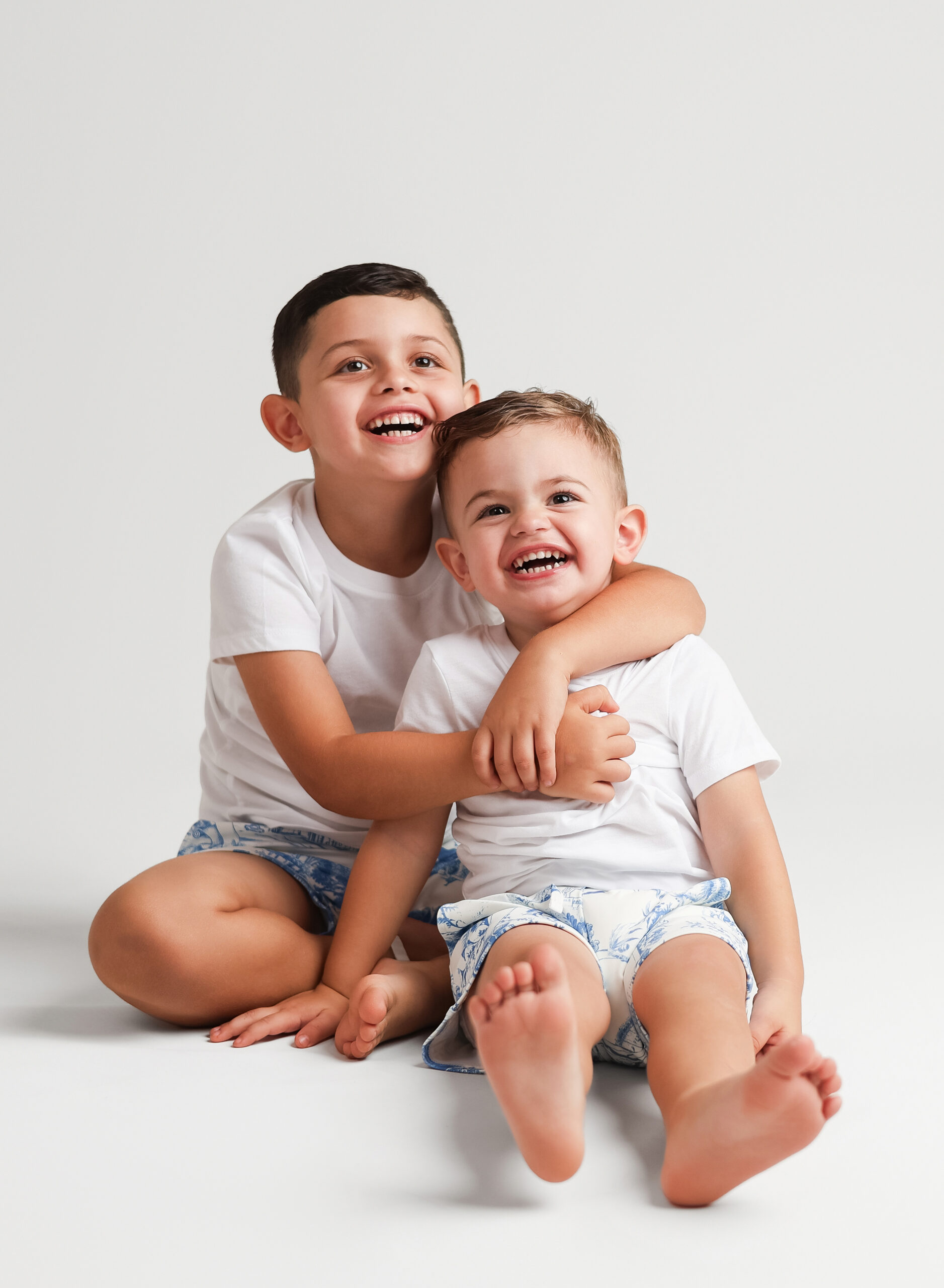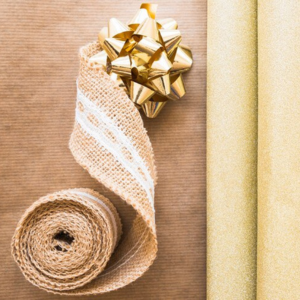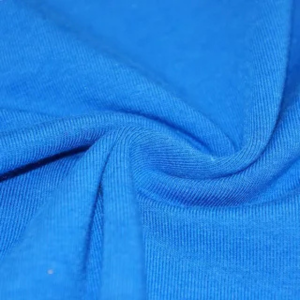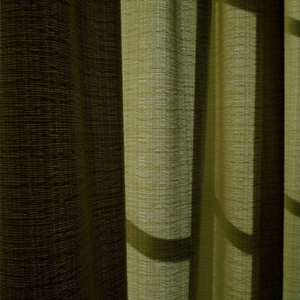
Bamboo viscose is a type of fabric that is gaining popularity in the textile industry due to its softness, durability, and eco-friendly properties. Derived from the viscose from bamboo pulp, this fabric blends comfort and sustainability, making it a preferred choice for many consumers. But what exactly is bamboo viscose, and how is it used in the industry?
In this blog, we will explore the production process of viscose made from bamboo, its benefits and drawbacks, and its wide range of uses in the textile and other industries.
Bamboo viscose, also referred to as viscose bamboo or bamboo viscose fiber, is a type of rayon made from the cellulose of bamboo plants. To create the fabric, bamboo is harvested and broken down into pulp, which is then processed using chemicals to extract the cellulose. This cellulose is then spun into fibers that can be woven into fabric.
The term “viscose” refers to the process of dissolving cellulose in a chemical solution to create a viscous substance that can be turned into fiber. Bamboo viscose fabric is known for its silk-like feel, breathability, and moisture-wicking properties, making it ideal for clothing and home textiles.

To better understand what bamboo viscose or Does Bamboo Shrink is, it’s essential to look at its production process, which involves several steps:
While the process uses chemicals, it is considered more sustainable than producing traditional rayon, which often uses wood pulp from trees that take much longer to grow. Bamboo, by contrast, regenerates quickly, making viscose from bamboo a more eco-friendly option.
Bamboo viscose fabric has gained widespread popularity for its numerous benefits, both from an environmental and consumer standpoint. Here are some of the key advantages:

One of the primary reasons people choose bamboo viscose is its softness. The fabric feels luxurious against the skin, often compared to silk or cashmere. This makes it a favorite for sleepwear, bamboo matching pajamas, and other close-to-skin clothing.
Bamboo viscose fiber is highly breathable, making it an excellent choice for warm climates or people who tend to overheat during the night. It also has moisture-wicking properties, pulling sweat away from the skin to keep the wearer dry and comfortable.
Bamboo is one of the most sustainable crops on the planet, as it multiplies and requires minimal water and pesticides. While the chemical processing of bamboo into viscose is not entirely eco-friendly, many manufacturers are adopting cleaner technologies that reduce the environmental impact.
Bamboo viscose fabric is naturally hypoallergenic, making it an excellent option for people with sensitive skin or allergies. The fabric’s smooth texture also reduces friction, minimizing irritation.
Unlike synthetic fabrics like polyester, bamboo viscose fabric is biodegradable, meaning it breaks down naturally when discarded. This adds to its eco-friendly appeal for consumers looking to minimize their environmental footprint.
While bamboo viscose fiber has numerous advantages, it’s not without its drawbacks:

The production of bamboo viscose involves the use of chemicals that can be harmful to both the environment and workers if not managed properly. While some manufacturers have improved their practices, others still use outdated methods that can contribute to pollution.
Though bamboo viscose fabric is incredibly soft, it may not be as durable as other materials like cotton or polyester. Over time, the fabric can wear down or lose its softness with repeated washing.
Because bamboo is a relatively new fabric in the global market, it tends to be more expensive than cotton or synthetic materials. This can make bamboo viscose products less accessible to budget-conscious consumers.
Bamboo viscose has a wide range of applications in various industries thanks to its versatility and consumer-friendly properties. Here are some of the common uses:
The most popular use of bamboo viscose fiber is in the textile industry, particularly for clothing. Bamboo viscose is commonly used for making T-shirts, dresses, underwear, and socks. Its soft texture, breathability, and moisture-wicking properties make it ideal for everyday wear.
In addition to clothing, bamboo viscose fabric is used for bedding and home textiles such as sheets, pillowcases, and towels. The fabric’s breathability and moisture-wicking properties help regulate temperature, making it an excellent choice for bed linens.
Bamboo pajamas for babies are gaining popularity in baby clothing and accessories due to their hypoallergenic nature and softness. Parents often choose bamboo over cotton because it is gentle on delicate baby skin.
Bamboo viscose is not limited to textiles; it’s also used in the packaging industry. Its biodegradable properties make it an eco-friendly alternative to plastic packaging, which takes much longer to decompose.
Due to its antibacterial and hypoallergenic properties, viscose made from bamboo is being explored for use in medical textiles such as bandages and surgical gowns. Its breathability and softness make it suitable for sensitive applications.
The fashion industry has embraced bamboo viscose fabric as a sustainable alternative to traditional fibers like cotton and polyester. Fashion brands are increasingly using bamboo viscose in their collections to cater to environmentally conscious consumers. The fabric’s luxurious feel and eco-friendly properties have made it a popular choice for both high-end and everyday clothing brands.

One of the main reasons for the growing popularity of viscose from bamboo is its sustainability. Bamboo proliferates without the need for harmful pesticides, and it regenerates naturally, making it an environmentally friendly resource.
However, the production process of bamboo viscose requires careful management to ensure that the use of chemicals does not negate its eco-friendly benefits.
Many manufacturers are investing in more sustainable production methods, including closed-loop systems that recycle chemicals used in processing.
This reduces the environmental impact of creating bamboo viscose fiber and helps maintain the fabric’s reputation as an eco-friendly alternative to traditional textiles.
So, what is bamboo viscose? It’s a versatile, eco-friendly fabric derived from the cellulose of bamboo plants. While it has some environmental concerns due to the chemical processing involved, it remains a popular choice in the textile industry due to its softness, breathability, and moisture-wicking properties.
Viscose made from bamboo is used across various industries, from clothing to packaging, and continues to grow in popularity as consumers seek more sustainable alternatives.